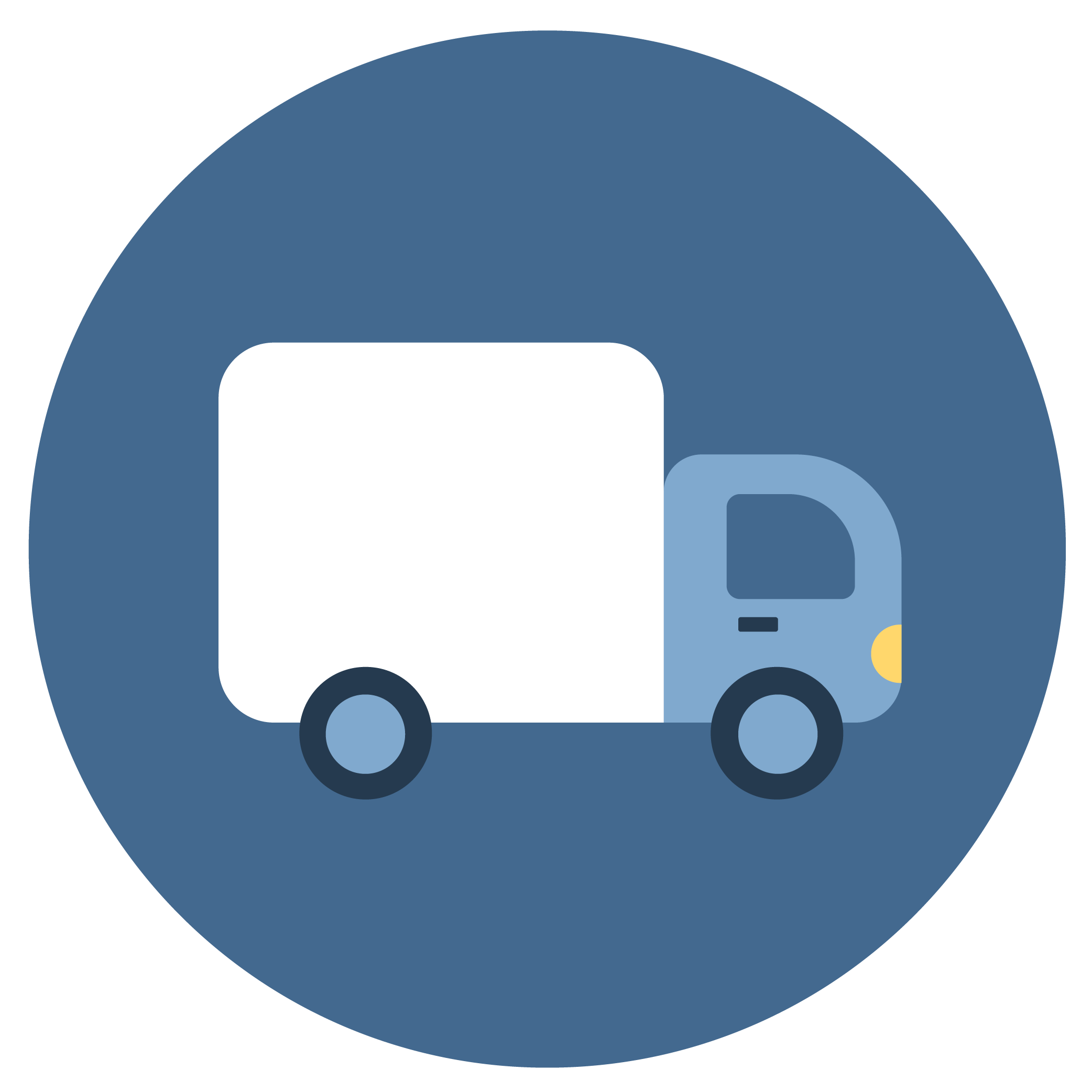Dispose, recycle, or treat dangerous waste
Businesses that generate dangerous waste must manage and dispose of this waste properly. Dangerous waste generators are responsible for this waste forever — even after it is disposed of.
Most businesses choose to hire a hazardous waste service provider. Some businesses can also reduce overall disposal costs and fees by:
- Recycling their own waste.
- Treating their own waste on-site (also known as treatment by generator).
How can businesses dispose of dangerous waste?
The options available for your business will depend on your generator category.
Small quantity generators
Small quantity generators (SQGs) can choose to hire a waste service provider OR transport their dangerous waste to an acceptable disposal facility, such as a:
- Permitted dangerous (hazardous) waste facility.
- Moderate risk waste (MRW) facility.
- Permitted industrial or solid waste facility.
Medium and large quantity generators
Medium or large quantity generators must hire a waste service provider to transport and dispose of their dangerous waste.
Hire a waste service provider
Waste service providers can help with most, if not all, aspects of transporting and disposing of dangerous waste. There are many providers to choose from, but it is your responsibility to research a company thoroughly. You remain liable and responsible for any waste you generate, even if it is handled by another company.
Financial assurance
Many hazardous waste service providers and permitted dangerous waste facilities offer financial assurance. Financial assurance can cover some of or all costs required to pay for unforeseen issues that my arise.
Recycle dangerous waste
You may be able to recycle waste at your facility, which could benefit you by:
- Reducing the amount of waste you generate.
- Lowering your disposal, handling, or liability costs.
- Reducing your regulatory requirements.
- Allowing you to qualify for recycling credits on your Dangerous Waste Report.
Some wastes are especially cost-effective to recycle, such as:
Treatment by generator
Businesses that treat their dangerous waste on-site do so through a variety of different methods. This is called “treatment by generator.” The benefits of treating wastes on-site are that it can reduce overall costs and fees by making the dangerous waste you generate:
- Less hazardous.
- Easier or safer to transport.
Related links
Contact information
Need help?
Contact a dangerous waste inspector in your region.



